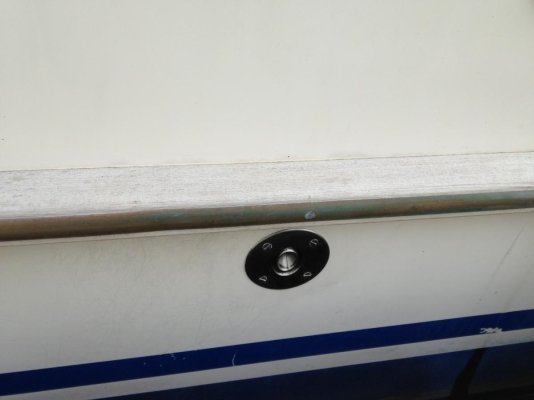I've been reading up on Webasto and similar diesel heaters, as well as diesel cook stoves that offer space heating options. One of these days I'd like to spring for one. However, I have one question that I don't see answered in the spec sheets:
Can I run the exhaust from these low, near the waterline?
I have a genset exhaust on the port side, low on the transom just above the water line. I'm thinking the heater/stove exhaust should go in the same location on the starboard side.
Can this be done?
Can I run the exhaust from these low, near the waterline?
I have a genset exhaust on the port side, low on the transom just above the water line. I'm thinking the heater/stove exhaust should go in the same location on the starboard side.
Can this be done?


